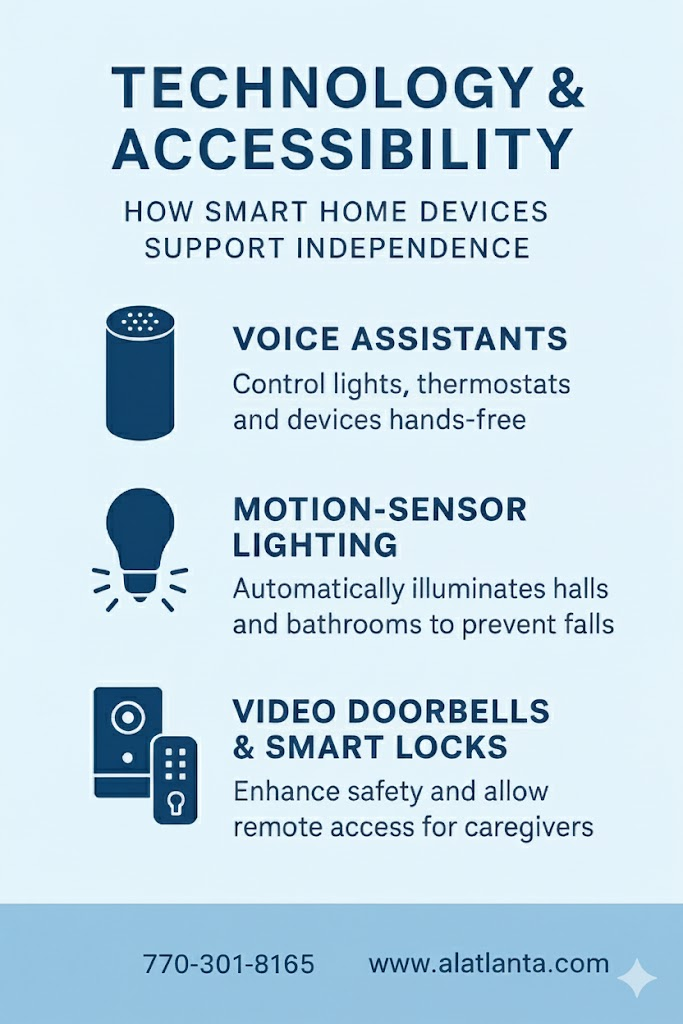8 Early Warning Signs of Parkinson’s Disease Initial symptoms can be mistaken for other illnesses
Most of us can recognize some signs of Parkinson’s disease, such as tremor and trouble walking. But signs that can appear a decade or more before the disease presents in more obvious physical forms are often mistaken for something else — including normal aging.
Common problems among older adults, such as
trouble sleeping, constipation, muscle stiffness and increased
anxiety and depression, are related to early-stage Parkinson’s. So is loss of smell, a well-established symptom of
COVID-19.

Get instant access to members-only products and hundreds of discounts, a free second membership, and a subscription to AARP the Magazine. Find out how much you could save in a year with a membership.
Experiencing them doesn’t mean you have Parkinson’s disease, but they are worth discussing with your doctor, especially if you have several of them at the same time.
“The early signs are normally not problems that bring anybody to the doctor,” says Michele Tagliati, M.D., director of the Movement Disorders Program and vice chair of the department of neurology at Cedars-Sinai Medical Center.
That’s because the effects of Parkinson’s, a neurodegenerative order, are far-reaching and often lead to changes long before a tremor appears. Twenty-five percent of people with Parkinson’s may not even develop a tremor, research shows. Though there is no cure for Parkinson’s, medications can treat the symptoms, lifestyle changes can help manage the disease, and an early diagnosis can ease planning. Here are eight things to look for.
1. Restless sleeping
Talking in your sleep, sleepwalking and/or acting out your dreams, also known as REM sleep behavior disorder, can be early warning signs of Parkinson’s. “We are supposed to be completely still and paralyzed” during sleep, Tagliati says, but for someone with Parkinson’s, the “mechanism in the brain that oversees this phase of sleep is somewhat defective.”
One sign of this problem is falling out of bed. If you live with someone, they might see or hear you acting out your dreams. Sometimes people even kick or punch in their sleep or jump out of bed suddenly. If you live alone, you may wake up with twisted sheets or jar yourself awake yelling, says Camilla Kilbane, M.D., a neurologist and movement disorder specialist at University Hospitals Cleveland Medical Center.
2. Loss of smell
Losing your sense of smell, or hyposmia, is a well-known symptom of COVID-19 and other viral infections.
Researchers aren’t quite sure why it’s associated with Parkinson’s, Tagliati says, but this symptom appears in 90 percent of early-stage Parkinson’s cases.
Like sleep problems, issues with smell are easy to brush off and attribute to something else. But loss of smell shouldn’t be ignored, especially in the presence of other symptoms.
3. Constipation
Parkinson’s affects the autonomic nervous system, which controls bodily functions we don’t normally think about, such as going to the bathroom. Parkinson’s might also affect the gut microbiome, according to a study published in the journal Neurology, which in turn affects how your digestion system functions — or doesn’t.
Parkinson’s doesn’t hit each gastrointestinal system the same way. A change in how often you have a bowel movement — or other digestion issues such as bloating, nausea and general discomfort — could be an early warning sign that should be investigated. A third of U.S. adults over age 60 report having constipation, so if you have this condition, mention it to your doctor, but there’s no reason to panic.

4. Anxiety/depression
Parkinson’s harms the brain’s ability to create serotonin and dopamine, two chemicals that affect mood. Changes in the levels of neurotransmitters can lead to increased anxiety and depression. According to the Parkinson’s Foundation, patients can experience depression or anxiety for two to five years before diagnosis.
Parkinson’s-induced mood disorder isn’t typically drastic, like major depression, Kilbane says. But a spouse or family member might notice a change — for example, when a normally happy person becomes a worrier.
“It’s so subtle that people may not go to the doctor,” she says.
5. Soft voice
According to the Parkinson’s Foundation, 89 percent of people with Parkinson’s will have speech and voice disorders. That often shows up first in their voice’s volume. A person may speak more softly without realizing it, Kilbane says, and a spouse, friend or family member has to ask the person to speak up and/or repeat himself.
6. Masked face
Parkinson’s affects muscles in the face, which experience the same gradual stiffening as the rest of the body. People with Parkinson’s will have “less facial mimicry and less spontaneous smiling,” says Kilbane, who calls this condition “poker face.”
People might think you’re angry or upset because your positive emotions are less likely to translate into a smile or other facial cues that show joy or appreciation.
7. Stiffness and gait problems
It’s common for undiagnosed Parkinson’s patients to view stiffness and gait problems as part of aging, Kilbane says. “You anticipate as you get older that you may slow down a bit in your movements, you might be a little stiffer and might shuffle a bit,” she says.
Stiffness from Parkinson’s can be mistaken for arthritis, but it will appear in the muscles, not the joints. It can be hard for a person to make that distinction without medical guidance, Kilbane says. Gait problems can show up in someone who has trouble keeping up with their peers on a walk or getting in and out of a car — again, something that might be attributed to old age. But both are signs of potential Parkinson’s.
8. Resting tremors
Shaking in the hand, foot or leg is often the first obvious visual sign of Parkinson’s, Tagliati says. By the time Parkinson’s affects muscles in this way, most patients have already experienced early signals such as sleep, smell and digestion problems — sometimes for years.
Involuntary movements are typically on one side of the body — not necessarily the dominant side — and occur when the limb is at rest. “Normally, when you use the hand, the tremor goes away,” Tagliati says. “Many people put [their] hand in [a] pocket, and nothing really happens.” A tremor in the chin is also common in Parkinson’s and should be investigated.
Editor's note: This story, first published May 4, 2022, has been updated to include new information.
Jen A. Miller is a contributing writer and author of Running: A Love Story. Her work has appeared in The New York Times, The Washington Post, Self, Vox and BuzzFeed, among other publications.
#homeaccessibility #homemodification #homehealthcare #aginginplace #aginggracefully #caregivers #disability #disabilityawareness #wheelchairuser #wheelchairaccessible #spinalcordinjury #physicallychallenged #safetyathome #elderlycare #graytsunami #healthylifestyle #accessiblematters #userfriendlyhome



